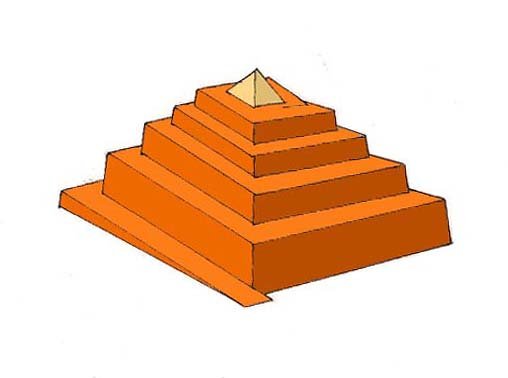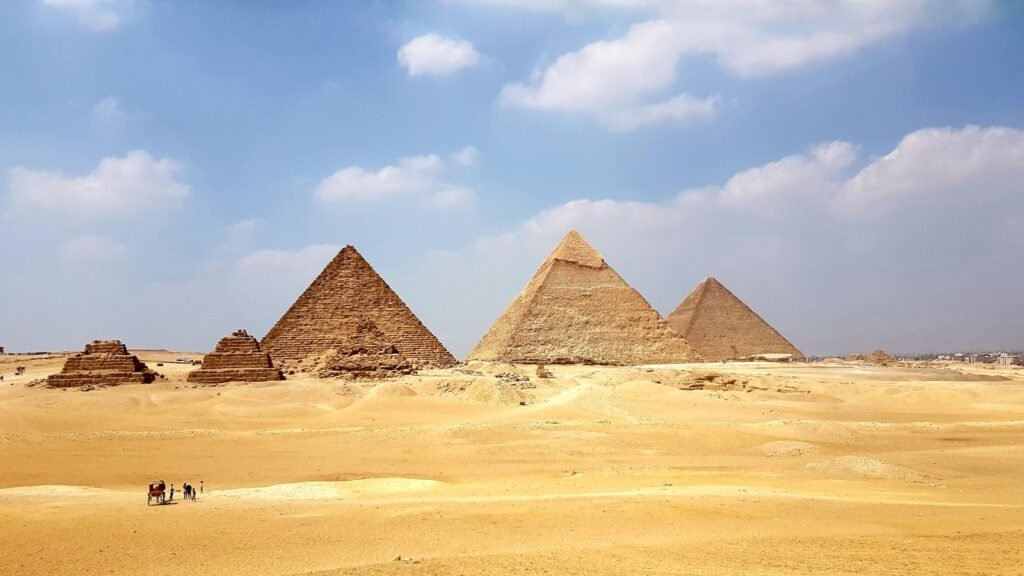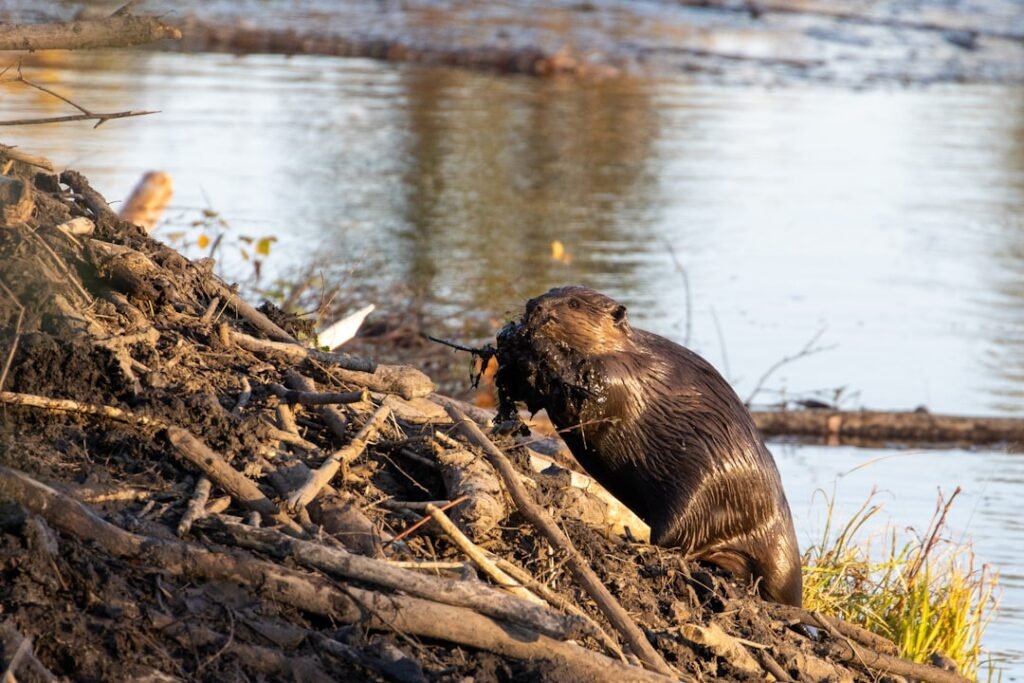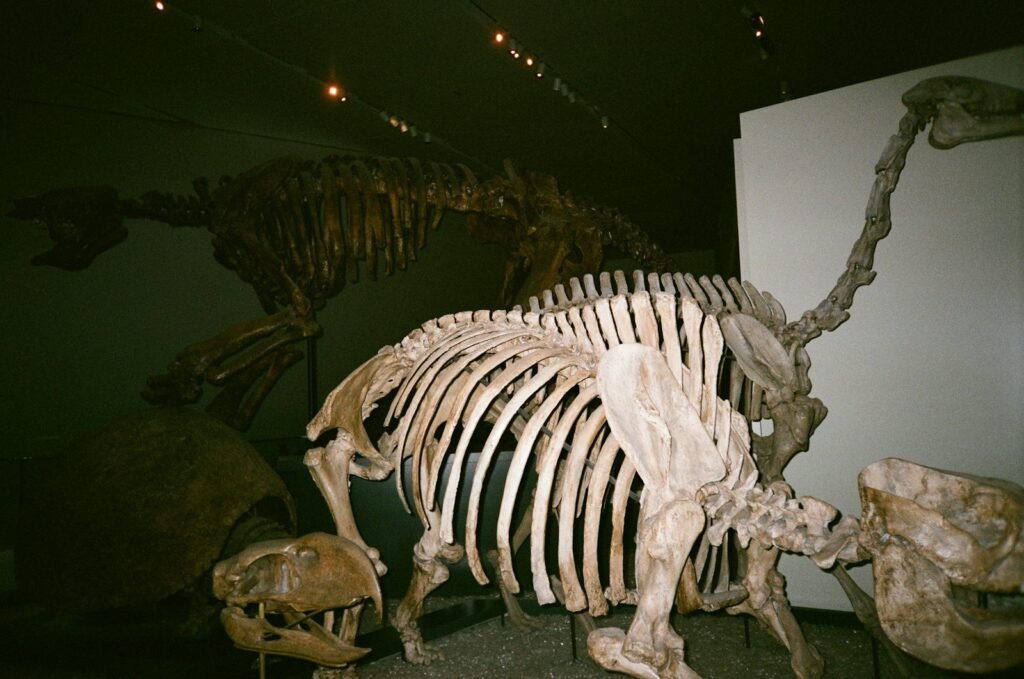For generations, the pyramids have been framed as an enigma – too vast for ordinary hands, too precise for practical tools. Yet a quieter, far more human story has edged into view, piece by measurable piece. Archaeologists, engineers, and physicists are stitching together papyrus logs, quarry ramps, friction tests, and cosmic-ray scans into a coherent narrative of logistics rather than legend. What once looked like sorcery now reads like a masterclass in planning, river engineering, and labor organization. And the real twist is simpler and more inspiring than any myth: ancient builders solved colossal problems using familiar forces – water, rope, wood, stone – guided by relentless iteration.
The Hidden Clues

Start with the small things: a foreman’s work diary on papyrus, chisel marks on limestone, post holes carved into quarry bedrock, and a corridor mapped by invisible particles from the upper atmosphere. Each scrap feels modest on its own, but together they chart the steps of a project that scaled into history. Administrative notes describe stone deliveries and river transport, turning the pyramids from mystery to meticulously scheduled job site. Tool marks reveal sequences of cutting and dressing blocks, and sled runners etched into desert surfaces hint at repetitive, organized hauling. In the Great Pyramid, muon-based imaging has outlined hidden voids and passages, not as mystical portals but as structural or construction features that reduce weight and guide load paths. The upshot: the closer we look, the less miraculous it seems – and the more it looks like hard, coordinated work.
From Ancient Tools to Modern Science

It’s easy to underestimate copper chisels and dolerite pounders until physics and materials science take the stage. Experimental archaeology shows how sledges, ropes, and wooden levers multiply force when used in teams and cycles, much like a rowing crew hits a rhythm. Friction studies demonstrate that lightly wetting sand can slash resistance, which means fewer pullers and faster progress across job-critical stretches. Laser surveys and photogrammetry document block fit and alignment at scales modern builders recognize, while satellite radar and ground-penetrating instruments map buried canals and work yards. Even muography – the same principle used to image volcanoes – now profiles chambers inside the Great Pyramid, validating structural ideas once confined to blueprints and wishful thinking. The result is a feedback loop: ancient methods guide tests, tests refine models, and models illuminate choices the builders likely made.
Moving Mountains: Logistics of Stone Transport

Most blocks didn’t travel far, but the system mattered more than the distance. Local limestone formed the core, fine Tura limestone arrived for casing, and granite hauled from Aswan served in interior chambers – each stone assigned a route, a season, and a team. The Nile, swelling with the annual flood, acted like a conveyor belt, carrying heavy cargo when fields stood underwater and farmers could rotate into state projects. Archaeology points to canals, basins, and landing zones that brought boats close to the plateau, shaving crucial miles off overland hauls. Recent landscape research traces a now-buried branch of the river skirting pyramid fields, explaining how water and workforce met the monuments on schedule. What sounds like a miracle of horsepower reduces to timetables, waterways, and smart staging.
Engineering the Ascent: Ramps, Rails, and Rollers

How do you lift tens of thousands of blocks ever higher without cranes made of steel? You stretch out the rise over distance and time. Builders likely mixed methods: straight causeways for low tiers, zigzag or wrapping ramps to keep gradients workable, and short, steep pull systems stabilized with wooden posts where bedrock allowed. The Hatnub quarry shows a steep central lane with staircase-like sideways and anchor points for rope teams, a template that scales well to tight spaces on a growing pyramid. Levers helped nudge stones into their final beds, while gypsum-based mortar evened micro-variations that could otherwise multiply into misalignment. Far from one magic ramp, it was a toolbox of ramps and levers, flexed differently at different phases as the pyramid rose and the problem changed shape.
Global Perspectives

Egypt didn’t invent heavy lifting, but it perfected a state-scale version tied to a river’s pulse. Compare the pyramids’ logistics to Stonehenge’s sarsens or the moai roads of Rapa Nui and a shared theme appears: communities move impossibly heavy objects by coordinating hundreds of small, reliable actions. Mesoamerican pyramids rose independently with different materials and rituals, yet their builders also exploited local topography, modular blocks, and labor calendars. What sets the Nile pyramids apart is the long, iterative chain from quarry to harbor to ramp, grafted onto a predictable flood that released hands and boats at the same time every year. When you see the Great Pyramid as a node in a river network rather than a lonely desert monolith, the workflow becomes legible. Monumental architecture, it turns out, is as much about supply chains as skyline silhouettes.
Why It Matters

Understanding how the pyramids were built rescues human credit from the fog of myth and hands it back to real workers with aching shoulders and clever supervisors. It reframes the monuments as laboratories of practical science where friction, leverage, and scheduling solved problems no single tool could conquer. That matters for how we teach engineering: instead of spotlighting rare genius, we illustrate how repeatable, low-tech methods compound into jaw-dropping outcomes. It also matters for how we weigh sustainability, because river transport, modular components, and seasonal labor reuse point to low-carbon principles with modern echoes. And it matters for how we confront misinformation; when the evidence is clear, the most extraordinary thing is not a supernatural intervention but the ordinary persistence of people. My own bias is simple: demystifying the pyramids doesn’t diminish them – it makes them more astonishing.
The Future Landscape

The next decade of pyramid research will be a sensor story as much as an excavation story. Muon detectors are getting sharper, promising full 3D tomographies that could test whether voids are stress-relief features, construction corridors, or something we haven’t modeled yet. Drone-based lidar and synthetic-aperture radar will keep tracing paleo-channels, work camps, and vanished harbors under farms and neighborhoods, tightening the logistics map. Microarchaeology will parse mortar chemistry, tool wear, and trace residues on sled runners to pin down sequences of work with day-to-week resolution. Digital twins of the monuments will let teams simulate ramp geometries, crew sizes, and haul times against real topography and seasonal river levels. There are challenges – urban sprawl, groundwater shifts, and site protection – but the toolkit is finally good enough to ask construction-scale questions and expect construction-scale answers.
Call to Action

If this story moves you, channel that curiosity into action. Support museums and field schools that train the next generation of archaeologists and conservation specialists, because methods are only as strong as the people who carry them forward. Share evidence-based reporting and call out sensational myths gently but firmly; public conversation shapes funding and policy more than most of us realize. Respect site protections when you travel, and consider backing projects that document landscapes at risk from development or erosion. Most of all, keep asking how, not who, because that question turns distant wonders into practical, teachable science – and that’s the kind of wonder we can actually build on. What piece of this puzzle would you most want to test for yourself?

Suhail Ahmed is a passionate digital professional and nature enthusiast with over 8 years of experience in content strategy, SEO, web development, and digital operations. Alongside his freelance journey, Suhail actively contributes to nature and wildlife platforms like Discover Wildlife, where he channels his curiosity for the planet into engaging, educational storytelling.
With a strong background in managing digital ecosystems — from ecommerce stores and WordPress websites to social media and automation — Suhail merges technical precision with creative insight. His content reflects a rare balance: SEO-friendly yet deeply human, data-informed yet emotionally resonant.
Driven by a love for discovery and storytelling, Suhail believes in using digital platforms to amplify causes that matter — especially those protecting Earth’s biodiversity and inspiring sustainable living. Whether he’s managing online projects or crafting wildlife content, his goal remains the same: to inform, inspire, and leave a positive digital footprint.




